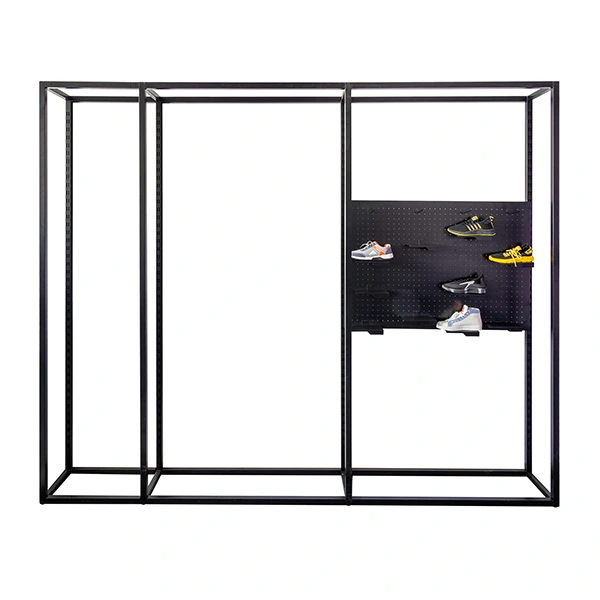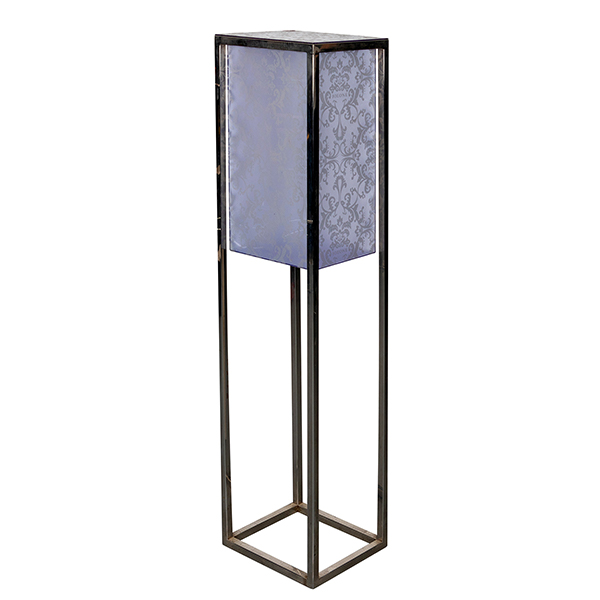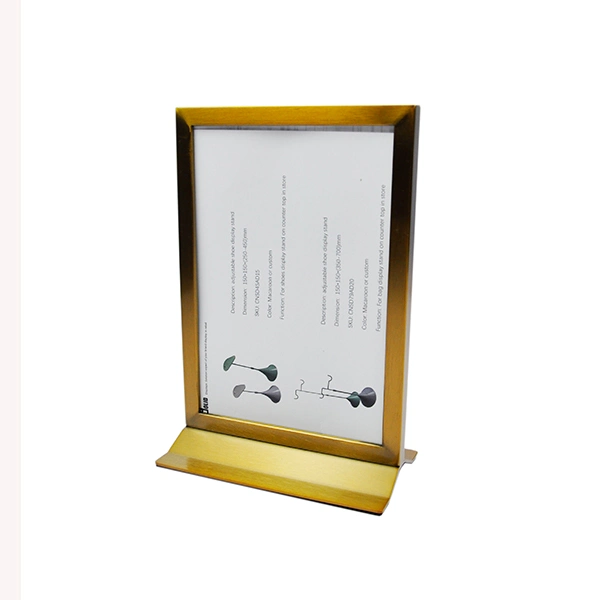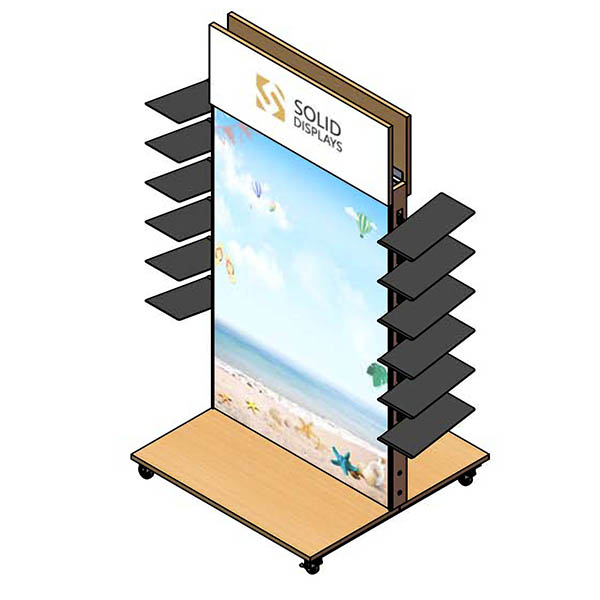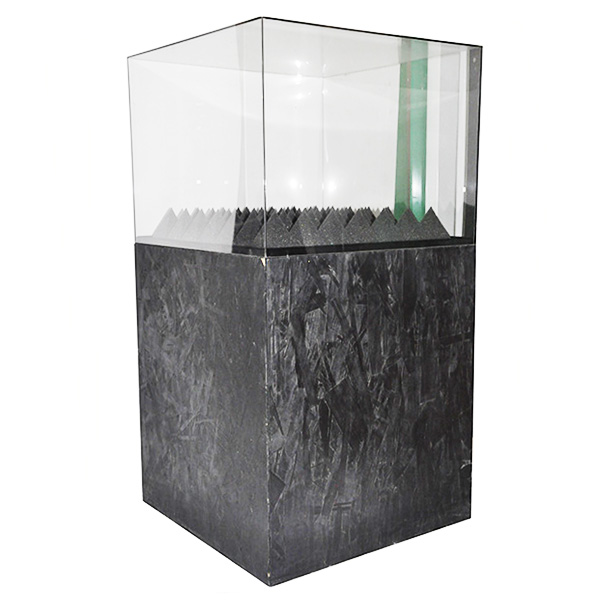Materiały metalowe i odpowiadające im techniki przetwarzania
Introduction to Metal Materials
Metal is a category of generally hard materials that includes medium steel, iron, steel, stainless steel, aluminum alloy, and zinc alloy, among others. These materials are available in forms such as sheets, tubes, rods, wires, and meshes.
Overview:
Metals generally include cold-rolled steel (CRS, low carbon steel with good ductility after cold rolling and annealing of hot-rolled steel), hot-rolled steel (HRS, steel produced by hot rolling), cast iron / high carbon steel (with poor ductility), stainless steel (commonly 304; lower quality 201 and 202; higher grade 316), aluminum alloy, and zinc alloy.
Metal forming includes sheets (both cold-rolled and hot-rolled can also be in coils), tubes, wires, rods, and meshes.





Commonly used hardware materials for display stands include:
1. Steel Plate: Divided into cold-rolled steel (CRS) and hot-rolled steel (HRS):
Cold-Rolled Steel (CRS), which is hot-rolled steel that has been further processed
- Characteristics:
- No heating during production, eliminating defects like pitting and iron oxide scale.
- High surface quality and smoothness.
- Specifications:
- Thickness: 0.2-4mm
- Width: 600-2000mm
- Length: 1200-6000mm
Hot-Rolled Steel (HRS)
- Characteristics:
- Low energy consumption, good plasticity, low deformation resistance, minimal work hardening, and easy to roll, reducing the energy needed for metal deformation.
- Hot rolling typically uses large ingots and large reduction rolling, leading to a fast production pace and high output, facilitating large-scale mass production.
- Hot rolling transforms the cast structure into a workable structure, significantly enhancing the material's plasticity.
- The characteristics of the rolling method result in anisotropic properties in the rolled plate, meaning there are significant performance differences in the material's longitudinal, transverse, and vertical directions. There are also deformation textures and recrystallization textures, leading to noticeable directionality in stamping performance.
- Generally, American clients specify CRS or HRS in drawings, while European clients simply mark steel.
Remember the following:
- Cold-Rolled Steel (CRS) is more expensive than hot-rolled steel. It is typically used for thin sheets with thicknesses generally below 3mm. The surface is smoother and more uniform, with higher ductility.
- Hot-Rolled Steel (HRS) is cheaper than cold-rolled steel. It is more rigid and less prone to deformation, typically used for sheets with thicknesses above 3mm. It is commonly used in steel structures or bases and has a rougher surface.
2. Steel Tube/Pipe
Steel tubes or pipes have a hollow section, and their length is significantly greater than their diameter or circumference. They can be classified by cross-sectional shape into round, square, rectangular, and irregularly shaped tubes.
In the display stand industry, welded steel tubes are commonly used. These tubes are formed by bending cold-rolled or hot-rolled plates with equipment, mainly for structural support.
Defined by a hollow section with a length much greater than its diameter or circumference.
Key Points:
- Choosing Between Plated or Painted Tubes
- Plated Tubes: Made from cold-rolled plates, these have a smoother and more uniform surface.
- Painted Tubes: Surface requirements are relatively lower. These can be made from either hot-rolled or cold-rolled plates.
- Structural Support Use
- In the display rack industry, metal tubes are primarily used for structural support, such as welding into frames, columns, brackets, etc.
Additional Notes:
- Iron Wire and Rods: Similarly classified into plated or painted, selection depends on surface smoothness and ease of post-processing.
- Iron Mesh: Generally used for background or decorative purposes.
3. Stainless Steel
The corrosion resistance of stainless steel decreases as carbon content increases. Therefore, most stainless steels have a low carbon content, typically not exceeding 1.2%, with some steels having a carbon content as low as 0.03% (such as 00Cr12). The main alloying element in stainless steel is chromium (Cr). Stainless steel must contain at least 10.5% chromium to have corrosion resistance. Stainless steel also contains elements like nickel (Ni), titanium (Ti), manganese (Mn), nitrogen (N), niobium (Nb), molybdenum (Mo), silicon (Si), and copper (Cu).
Main Characteristics: Weldability, corrosion resistance, polishability, heat resistance
In today's manufacturing, stainless steel products generally undergo polishing, with a few exceptions such as the inner tanks of water heaters and drinking water dispensers. This necessitates good polishing performance of the raw material. Factors affecting polishing performance include:
- Surface Defects of Raw Material: Scratches, pitting, over-acid pickling, etc.
- Material Quality:
- If the hardness is too low, achieving a bright polish (BQ property) is difficult. Additionally, low hardness can lead to an orange peel effect on the surface during deep drawing, affecting BQ properties.
- High hardness generally results in better BQ properties.
- Deep Drawing:
- Products with significant deformation during deep drawing may develop small black spots and ridging, affecting BQ properties.
Stainless steel, like other steels, is available in various forms including sheets, coils, tubes, wires, rods, and meshes.
4. Aluminum Alloy
Aluminum alloy is a type of lightweight metal material that is formed by adding a certain amount of alloying elements to aluminum. Besides the general characteristics of aluminum, the addition of different alloying elements gives aluminum alloys specific properties. The density of aluminum alloys ranges from 2.63 to 2.85 g/cm³, and they exhibit high strength (σb ranging from 110 to 650 MPa), with strength levels close to high-alloy steels and stiffness exceeding that of steel. They have excellent casting and plastic processing performance, good electrical and thermal conductivity, good corrosion resistance, and weldability. Aluminum alloys are widely used as structural materials in aerospace, aviation, transportation, construction, electromechanics, light industry, and daily necessities.
Common Grades:
- 1060: A standard industrial pure aluminum with an aluminum content of at least 99.60%. It has low strength and work hardening is the only way to enhance it. It has excellent hot and cold processing performance, high thermal and electrical conductivity, and excellent corrosion resistance. It is widely used in industrial equipment requiring good formability, corrosion resistance, and weldability, and can also be used as a conductor material.
- 2024: The composition and structure of the 2024 alloy are the same as the 2A12 alloy, but the 2124 alloy has lower impurity content of Fe and Si. The 2024 alloy sheets, plates, and profiles have been successfully used to manufacture aircraft and rocket skins, compartments, integral fuel tank wall panels, and wing spars.
- 5052: Contains 2.5% magnesium and is one of the lower magnesium-content anti-rust aluminum. It is widely used to manufacture aircraft fuel and oil pipes and tanks, components of various ships and transport vehicles, sheet metal products, instruments, streetlight supports, rivets, and wires.
- 6061: An Al-Mg-Si series aluminum alloy that can be heat-treated and strengthened. It can be processed into sheets, tubes, rods, profiles, wires, and forgings. It is widely used in architectural profiles, large structural parts requiring good corrosion resistance, truck, ship, and railway vehicle structural parts, pipelines, and household goods.
- 6063: Another Al-Mg-Si series aluminum alloy that can be heat-treated and strengthened. It can be extruded into rods, profiles, and tubes. It is widely used in building structural materials and decorative materials, such as door frames, window frames, wall panels, containers, furniture, elevators, as well as in aircraft, ships, light industrial departments, and various colors of decorative components for buildings.
- 7075: An Al-Zn-Mg-Cu series ultra-hard aluminum alloy characterized by good plasticity after solution treatment and significant heat treatment strengthening. It can be processed into sheets (with or without aluminum coating), tubes, profiles, rods, and forgings. It is mainly used for aircraft structural parts and other high-strength, corrosion-resistant structural components.
Surface Treatments for Aluminum: Sandblasting, anodizing/dyeing, powder Coating.
5. Zinc Alloy
Zinc alloy is a type of alloy that is primarily composed of zinc and includes other elements such as aluminum, copper, magnesium, cadmium, lead, and titanium. These low-temperature zinc alloys have a low melting point, and good fluidity, are easy to weld and braze, and can be easily processed plastically. They are corrosion-resistant in the atmosphere, and scrap materials are easy to recycle and remelt. However, zinc alloys have low creep strength and are prone to natural aging, which can cause dimensional changes over time. They are produced using melting methods and can be formed through die casting or pressure processing.
Uses in Display Rack Industry:
The primary use of zinc-aluminum alloy in the display rack industry is due to its ease of die casting, strength, and high-end appearance after surface plating. These alloys are strong and provide a premium metallic finish after electroplating.
Example Applications in Bathroom Fixtures: Such as showerheads and faucets.
Metal Display Stands and Accessories Processing Procedure:
1. Material Procurement:
- Purchase materials according to the quantity table.
2. Material Cutting:
- Cut the materials to the required dimensions as per the drawings. This can be achieved through cutting, punching, and other processes, considering both precision and speed.
- Options:
- Sheet Metal: Laser cutting or punching.
- Sheet Cutting: CNC shearing.
- Wire: Straighten and cut to specified lengths using wire cutting machines.
3. Bending:
- Use bending machines for sheet metal.
- Use pipe bending equipment for tubes.
- Use wire bending equipment for wire.
4. Welding:
- Join the pre-cut and formed components using welding techniques.
- Welding Processes:
- TIG Welding (Tungsten Inert Gas Welding or GTAW): Provides high-quality welds using a non-consumable tungsten electrode.
- MIG Welding (Metal Inert Gas Welding or GMAW): Utilizes a consumable wire electrode and inert gas shield.
5. Polishing and Finishing:
- Perform polishing, sanding, brushing, or other surface treatments to achieve desired finishes.
6. Powder Coating:
- Apply powder coating for a durable and uniform finish.
7. Electroplating:
- Zinc plate, chrome plate, generally used on electroplated steel materials
- Coper plate, gold plate, Titanium plate, used on stainless steel materials

Here's the Usual Uses of Metal in Display Stands:
1. Slatwall Accessories: These include various items such as slatwall hooks, brackets, shelves, supports, and baskets designed to be used with slatwall panels.
2. Display Racks and Holders: Metal is used in the construction of display racks, magazine racks, commodity holders, containers, dump bins, trash cans, shopping trolleys, and store counter displays.
3. Trade Show Displays and Store Fixtures: Metal parts are incorporated into trade show displays, store fixtures, and other point-of-purchase (POP) displays.
4. Free-Standing Display Racks: These are display racks that are not attached to walls or other fixtures and are designed to stand freely on the floor.
5. Perimeter Fixtures: Metal frames, uprights, shelves, and brackets used along the perimeter of the store for displaying merchandise.
6. Endcap Displays: Displays located at the end of store aisles, are typically used for highlighting featured or promotional items.
7. Gondola Displays: These include the frame, uprights, shelves, brackets, hooks, and other accessories used in gondola shelving systems commonly found in retail stores.
8. Countertop Displays: Metal is used to create various countertop displays such as shoe displays, hat displays, bag displays, sock displays, and other tabletop displays designed to showcase merchandise.
Related Posts:
Materiały drewniane i odpowiadające im techniki obróbki
Materiały akrylowe i odpowiadające im techniki przetwarzania
